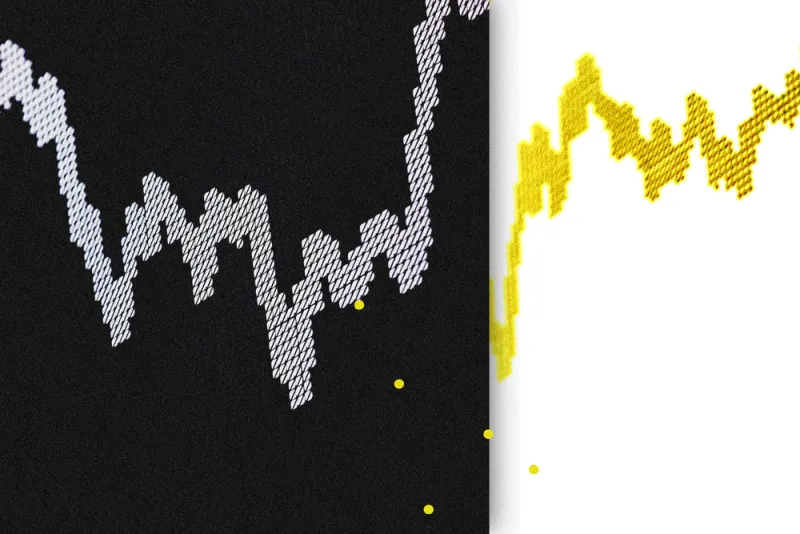With a handful of technology and growth stocks dominating popular benchmarks, many passive investors have a high degree of concentration risk hanging over their portfolios.
But one of the most common alternatives to capitalization-weighted indexes may fall short of protecting investors.
Michael Hunstad, head of quantitative strategies at Northern Trust Asset Management, said his firm began examining the issue after getting a flurry of questions on the subject from asset owners and consultants. He said clients had been asking whether or not equal weighting could solve the concentration problem for investors in passive strategies that weight stocks based on their market capitalization, which is the most common methodology for index funds.
Concentration arises when a group of stocks — say technology names — sectors, or styles significantly outperform or underperform other groups. This over- or underperformance throws indexes out of whack, unnaturally tilting them toward a few stocks or industries and reducing the diversification that investors believe they are getting.
For example, at the end of 2020, the S&P 500 index was overwhelmingly tilted toward expensive growth stocks that were trading at or near record multiples according to some common measures. Investors face the potential for big losses when these stocks, which are overweighted in their portfolios, inevitably retreat, according to Northern Trust.
“The benchmark itself is very much skewing toward growth,” said Hunstad. “There are a lot of reasons to be cautious. For a lot of our passive clients, the last 10 years has been great, but they’re asking, ‘Will it be great going forward?’ If large stocks tumble, what happens to your overall equity allocation? Is a cap-weighted benchmark still risk efficient?”
Fixing Concentration Comes With “Unintended Consequences”
In its research, Northern Trust found that equal weighting stocks does offer many benefits.“For example, equal weighting provides more diversification, a value-orientation (although not always), and a small-cap bias, all features that may be welcomed,” wrote NTAM’s Jim Johnson, senior quantitative strategist, and Jordan Dekhayser, head of the quantitative strategist team, in a paper available only to clients.
However, they warned, “even these benefits can be quite unstable over time.” The authors noted that the “‘fixes’ come with several unintended consequences, including higher volatility, significant active sector exposures, negative momentum, as well as higher turnover from the smaller and less liquid part of the large cap universe.” They added that “a complete review of the costs as well as the benefits is essential before deciding to invest in an equal weighted manner.”
The analysis was conducted using S&P’s methodology, which generally equal weights at the stock level.
Although concentration risk has grown in the S&P 500, it also reflects an evolution of the overall economy toward technology companies. An index where every stock is equally weighted is not as intuitive and doesn’t reflect that change. For example, at the end of last year, information technology companies represented 27.6 percent of the S&P 500, but only 14.7 percent of the S&P 500 Equal Weighted index, according to Northern Trust.
The equal-weighted index also had higher volatility and higher beta. (Volatility is the degree to which a stock’s price changes, while beta compares a stock’s price changes to the rest of the market.)
According to Northern Trust, the average realized annualized volatility of the S&P 500 was 14.6 percent, compared to 16.2 percent for the S&P 500 Equal Weighted, over the past three decades. The realized beta of the S&P 500 Equal Weighted compared to the S&P 500 was 1.06, according to the paper. “This high volatility, high beta posture is at odds with research showing that beta risk and excess volatility are negatively compensated over time,” the authors wrote.
What was more concerning to Northern Trust, however, was the equal-weighted index’s tendency to have a negative momentum bias. “To maintain an equal weight, you have to sell your winners, and buy losers. Consistently through time, this has not been your friend,” said Hunstad.
As an alternative to using cap-weighted or equal-weighted indexes, Northern Trust believes investors should precisely construct their portfolios to get exposure to factors, such as size, momentum, or value, which outperform the market over time. “You don’t have to buy the entire market,” Hunstad said. “You can be precise, and avoid the risks no one is compensated for.”







